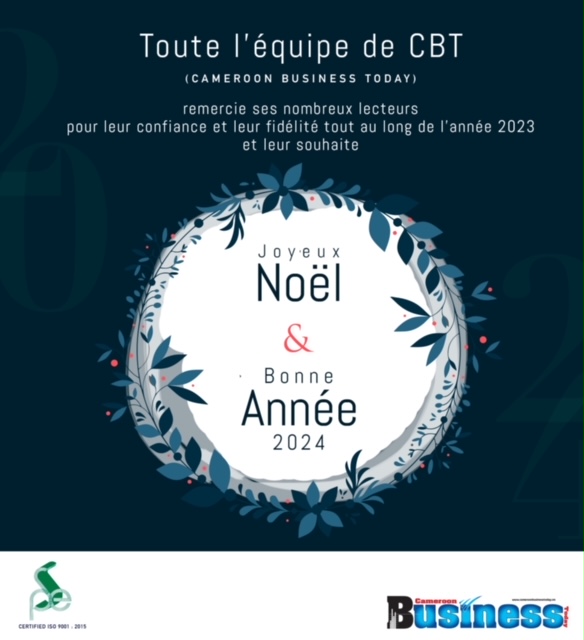1. Introduction Mode choice for domestic transport trips is probably the dimension of travel behaviour that has been studied most thoroughly. Conventional wisdom holds that economic agents are rational consumers who choose the mode providing the highest utility. This utility is typically a function of objective price or level of service factors (Roth 2017). While most existing work has not been focussed on African countries in General and in Cameroon in particular, basically, consumer modal choice studies have concentrated on developed countries. Transportation plays a key role in the Cameroonian economy. With a population spread over a vast geographic expansion, Cameroon is especially dependent on competitive modes of transport. Competition between air, road and rail transportation has gradually increased after the National Railway Company (CAMRAIL) was privatized and the National Air Transport Company (Camair-Co) new management improved the airline’s performance. However, Cameroon, rail and air transport are not fiercely competing with each other because of the differences existing in the services provided. This is not true for VIP or prestige buses and domestic air transport. The introduction of luxurious buses in the domestic transport has considerably reduced the gap between air and road in terms of customer numbers. The above brief perspective indicates that in Cameroon, traveller choice between competing modes of transport involves a complex decision related not only to the characteristics of the competing modes, but also to those of the traveller and the trip. Normally, a trip is considered in terms of purpose, which may in turn be related to length measured either as time, distance, or generalised cost. The characteristics of the traveller may relate to physical aspect such as age or to social and economic factors such as socio-economic status and income. The modal characteristics in this paper include journey time, cost, comfort, convenience, reliability, safety and scheduling. The ability to accurately estimate the usage of competing modes is a key ingredient in any transport planning process. Data from forthcoming fieldwork will be crucial in quantifying passengers’ attitude to modes of transport in Cameroon. To my knowledge, the latter estimation has never been made in Cameroon. This means that the current domestic transport planning process in Cameroon is flawed. This paper, therefore, attempts to address this shortcoming by providing a unique opportunity to estimate the usage of competing modes of domestic transport in Cameroon. It is, thus, an appropriate time to review the progress that has been made and to consider what additional improvements are needed to support current and future policy-making efforts. This paper will mainly proceed by carrying out a literature survey on the consumer modal choice theory. However, the analyses of empirical findings from my fieldwork on domestic customers in Cameroon will be undertaken in my next paper. 2. Literature Review Consumer modal choice has attracted a lot of research attention in the fields of transport economics for several years. The choice between competing transports modes is determined by an individual choosing a particular alternative based on his/her utility. Most theoretical work on transport consumer choice is based on the principles of instrumental or substantive rationality, and utility maximisation. Instrumental rationality is defined as the choice of actions that best satisfy a person’s objectives. This presumes that an individual with a variety of objectives is capable of comparing the satisfaction of these various objectives so as to come to an overall assessment. It has traditionally been assumed that these objectives can be ordered on a single scale by comparing the pleasures of satisfying them. The name given to this measure is ‘utility’. The origins of the utility theory can be traced to the philosophy of utilitarianism dating back to Jeremy Bentham in 1789 (published by ReInk Books, 2017). The 1930s witnessed a revolutionary change in the concept of utility. An ordinal concept of utility gained ground. It states that utility can only be indirectly inferred from actual choices made. Utility is only reflected in the revealed behaviour of individuals. One can also speak of decision utility in the sense of an ordinal preference index indicating whether good A is preferred over good B, or whether the opposite holds, or whether individuals are indifferent. It is, however, assumed that individuals have preferences, and that the integration of these preferences is revealed in a preference ordering which determines action. Instrumentally rational action is defined through placing certain restrictions on these orderings (axioms of rationality). When these restrictions are met, the preference ordering can be represented by a utility function. It is upon the above assumptions that economists base the theory of consumer choice, There are three main steps involved in understanding consumer behaviour: • We must know what the consumer wants to do: that is we need to know the consumer preferences for various commodities. Without knowing the consumer preferences, we cannot know what a ‘good’ solution to the problem of scarcity is from the consumer own point of view. Thus, the first step in modelling consumer behaviour is representing consumer tastes. • We also need to know what the individual can do, given the consumer income and the prices the consumer faces. Hence the second step is modelling the constraints facing the decision-maker due to her limited budget. • The third step is simply putting the consumer’s preferences together with his/her constraints. This allows us to determine which feasible choice maximises the consumer well-being. It follows that for utility to be properly reflected in actual choices, individuals have to meet some important requirements when making their decisions: they have to be well (or even perfectly) informed about the alternatives; they have to build correct expectations about the consequences of their choices; and they have to pursue their wishes – and only their own wishes – in a logically consistent way. These assumptions are at the core of neoclassical economics and reflected in other theoretical cornerstones of economics: the theory of expe...
1 minute is enough to subscribe to Cameroon Business Today Digital!
-
Your special Cameroon Business Today issue in digital version
-
Inserts
-
Exclusive calls for tenders
-
Preview (access 24 hours before publication)
-
Editions available on all media (smartphone, tablets, PC)
















Commentaires